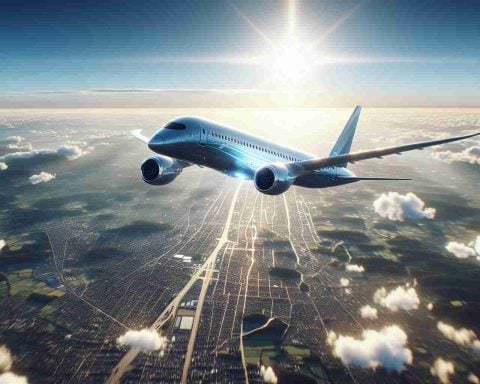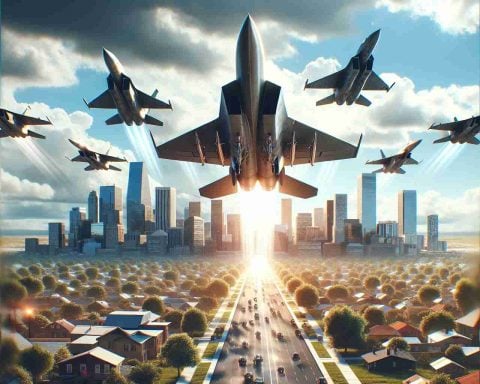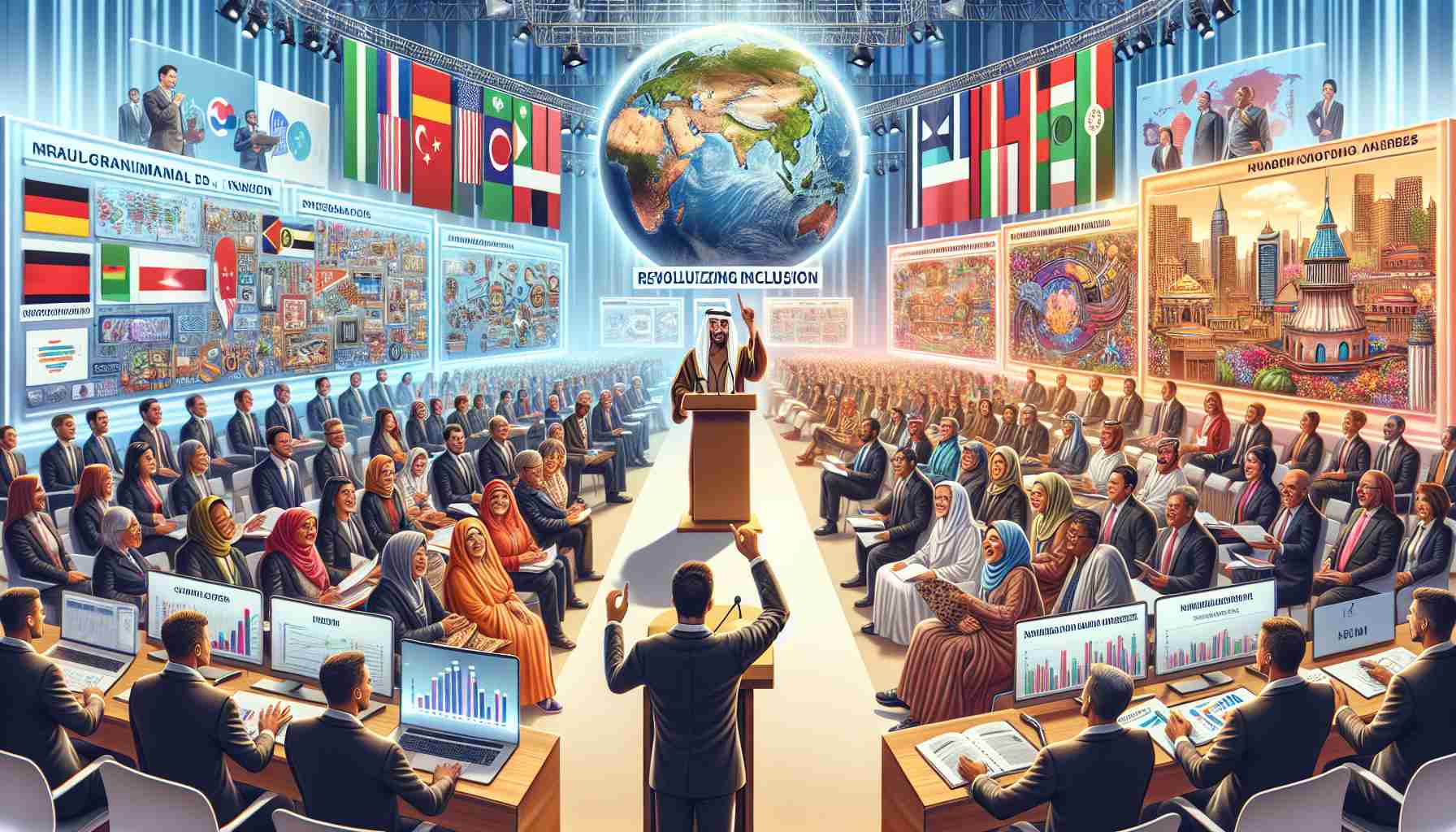In an impressive display of aerial innovation, the Chinese Air Force has introduced two cutting-edge stealth fighters at the prestigious China International Aviation and Aerospace Exhibition held in Zhuhai. These remarkable aircraft—the J-20S and J-35A—are designed to challenge the dominance of the US F-22 and F-35 jets.
The J-20S, a groundbreaking twin-seat version of the J-20 stealth fighter, is pioneering its class. Created by the Aviation Industry Corporation of China (AVIC), this aircraft sets a new standard. Capable of working in sync with drones, the J-20S greatly expands China’s aerial combat and reconnaissance capabilities. It serves not only as a formidable striker but also as an alert system that enhances both detection and combat ranges.
Meanwhile, the J-35A is drawing attention for its strategic similarities to the US F-35A. A versatile member of the J-35 series, this stealth aircraft is optimized for air and naval missions. Its design advancements focus on strengthening stealth and intelligence operations, particularly against ground and sea targets. Together with the J-20, the J-35A aims to solidify China’s air superiority on the global stage.
China’s rapid progress in developing these sophisticated fighter jets underscores its burgeoning aerospace industry. Now operating two stealth fighter types, China joins the United States in this elite category. As China’s air prowess grows, US officials express concerns about potential shifts in global military power, emphasizing a crucial need for the USAF to innovate and preserve its aerial edge.
How China’s New Stealth Fighters Could Change the Future of Air Warfare
In recent years, China’s advances in aerospace technology have positioned it as a formidable player on the global stage. The unveiling of the J-20S and J-35A stealth fighters at the China International Aviation and Aerospace Exhibition marks a significant milestone. These cutting-edge aircraft not only showcase China’s engineering prowess but also raise important questions about the implications for global military dynamics and technological innovation.
Game-Changing Innovations for Air Warfare
The J-20S, with its pioneering twin-seat design, sets a new benchmark in the realm of stealth fighters. Unlike its predecessors, the additional seat allows for greater operational complexity, potentially opening doors to advancements in pilot training, mission versatility, and coordination with unmanned aerial vehicles (UAVs). Integration with drones could revolutionize aerial combat strategies by allowing for simultaneous multi-mission operations, enhancing both strike capabilities and reconnaissance efforts.
Meanwhile, the J-35A draws parallels to the US F-35A with its emphasis on stealth and multi-role functionality. Designed to excel in both air and naval missions, its strategic enhancements focus on intelligence operations, targeting adversaries on land and at sea. This multi-domain versatility means that China could effectively project power across critical global hotspots, strategically influencing geopolitical landscapes.
Controversies and Considerations
The development of the J-20S and J-35A brings several controversies and considerations to light. Are these innovations enough to shift the balance of power? China’s advancements could potentially challenge the air dominance long held by Western powers, notably the United States. This raises questions about the global arms race, and whether increased competition could lead to heightened tensions or conflicts.
Advantages and Disadvantages
On one hand, these advancements could spur further technological development globally, leading to new innovations not only in military applications but also in civilian aerospace technology. The cross-pollination of technologies could accelerate growth in sectors like artificial intelligence, autonomous systems, and materials science.
On the other hand, the rapid pace of development in stealth technology by China could lead to an arms race, compelling other nations to escalate their own defense budgets to maintain parity. This could divert resources from other critical areas such as healthcare, education, and infrastructure, impacting societal progress.
A New Era in Aerospace?
This raises the question: Will countries collaborate to ensure the peaceful use of these technologies? Initiatives focusing on arms control and international oversight might become crucial in avoiding the potential perils of technological warfare escalation. Dialogues and partnerships between nations could yield frameworks to harness these innovations responsibly.
Stay informed on the latest advancements in aerospace technology and the broader implications for global relations. For more insights into how these developments shape the future, you can explore domains such as here and here.
As the world continues to witness rapid technological evolution, the introduction of new stealth fighters by China invites a re-examination of military strategy and international cooperation. How these technologies will ultimately impact humanity’s trajectory remains an open question—one that policymakers, industry experts, and society at large must grapple with in the coming years.






















